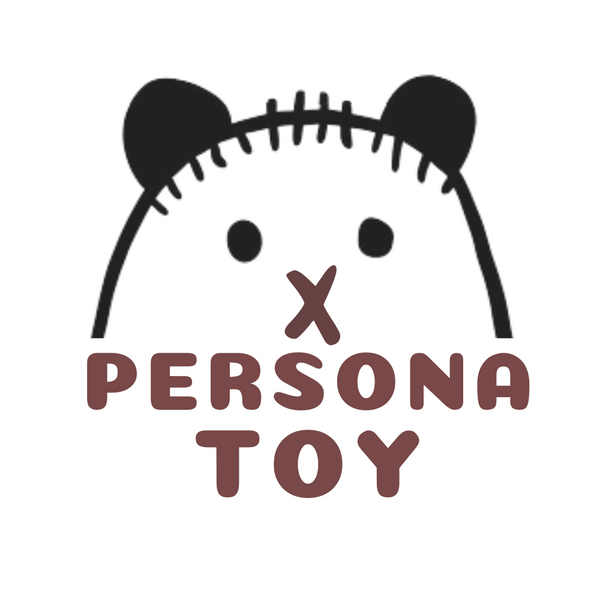Plush dolls differ from rigid PVC figurines and dolls with built-in joints by offering exceptional plasticity. We can bring motion to these dolls, enabling them to strike a variety of poses, using a range of materials.
A common material is the skeleton, a plastic product shaped like a human form with two arms and two legs. By inserting these movable skeletons into the doll's limbs, the doll can perform actions like sitting, spreading arms, splitting legs, and kneeling—just as a human can.
Another material is wire, which, when embedded in tails or scarves, allows them to hold specific shapes, maintaining a set pose.
As they are fabric-based, you can also incorporate buttons, magnets, headbands, and other connecting techniques to link different parts of the doll together or make them detachable, enhancing the doll's mobility and playability.
Adding sound modules or fragrances internally can make the plush toys emit sounds or release scents continuously.
For the doll's hair, you're not limited to specific hairstyles. You can either sew hair directly onto the fabric or choose a fabric of a certain length as the hair, creating a variety of effects and styles. For boys, a short, curly hairstyle can be chosen, resembling permed, fluffy rabbit fur. Long hair can be sewn onto the fabric as a wig or made from regular fabric braided into a ponytail, even designed to be detachable for easy addition.
Plush dolls are ideal for DIY, allowing your ideas to be freely realized with various materials. You decide the body shape—square, round, large, small, plump, or slim—and each production cycle is relatively short and cost-effective.
